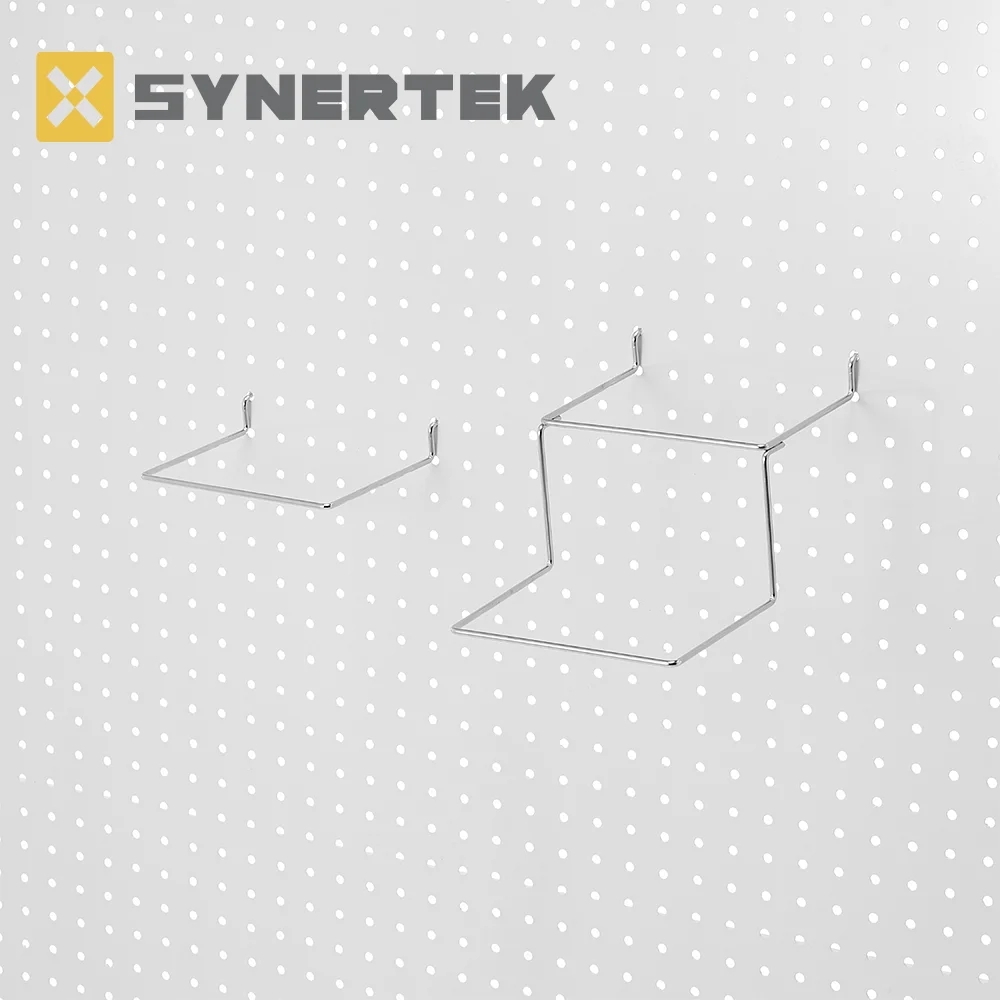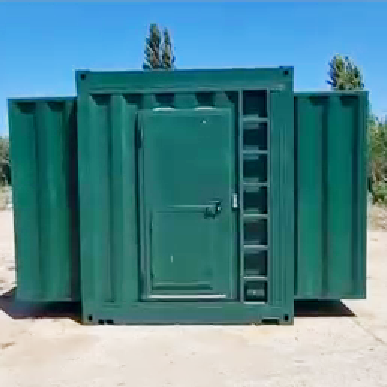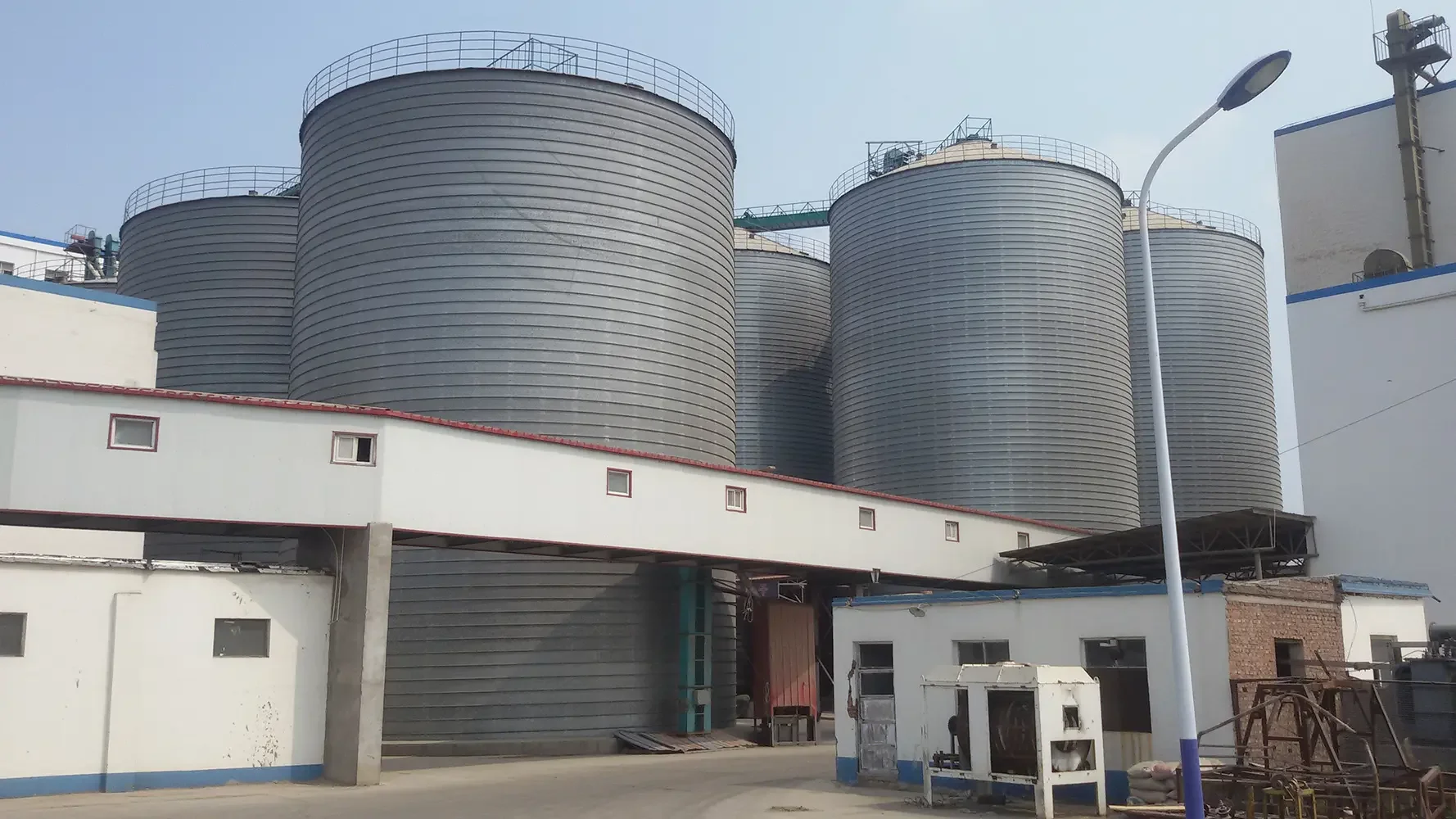In an era where personal protective equipment (PPE) is in high demand, cup mask machines have become essential in the production of high-quality respiratory masks. Whether you're a manufacturer entering the mask production industry or a seasoned professional looking to streamline your operations, understanding how to properly operate and maintain your cup mask machine is critical to ensuring efficiency, safety, and product quality.
What is a Cup Mask Machine?
A cup mask machine is an automated system designed to produce cup-shaped respiratory masks, commonly used in medical, industrial, and environmental protection fields. These machines automate multiple processes, including material feeding, ultrasonic welding, cutting, forming, trimming, and nose clip installation. The final product is a sturdy, form-fitting mask that offers excellent filtration and comfort.
Choosing the Right Machine: Why Broadfair Automation Equipment Co., Ltd.?
When it comes to selecting reliable and high-performance cup mask machines, Broadfair Automation Equipment Co., Ltd. stands out. As a high-tech enterprise integrating R&D, manufacturing, and sales, Broadfair offers advanced machinery that is both user-friendly and durable. Their commitment to innovation ensures that their equipment meets evolving market demands while maintaining high production standards.
Key Components of a Cup Mask Machine
Material Feeding System: Feeds non-woven fabric and melt-blown fabric into the machine.
Ultrasonic Welding Unit: Bonds the layers together with precision.
Mask Forming Module: Molds the mask into a 3D cup shape.
Trimming and Cutting System: Shapes the mask and removes excess material.
Nose Clip Insertion Unit: Automatically inserts a nose clip for better fit.
Control Panel: Allows operators to monitor and adjust the machine settings.
Operating Your Cup Mask Machine
Initial Setup:
Place the machine on a stable, level surface.
Connect to the appropriate power supply.
Load raw materials as per the machine's specifications.
Calibration and Testing:
Calibrate the ultrasonic unit and heat settings.
Run test cycles to ensure materials are feeding and welding correctly.
Production Run:
Start the machine using the control panel.
Continuously monitor for any feeding errors or material jams.
Perform spot checks on finished masks for quality assurance.
Maintenance Best Practices
Daily Cleaning:
Wipe down all surfaces with a lint-free cloth.
Remove dust and debris from sensors and feeding paths.
Weekly Checks:
Inspect ultrasonic welders for wear.
Check alignment of the forming mold and cutting blades.
Monthly Servicing:
Lubricate moving parts as recommended.
Update software or firmware if applicable.
Annual Maintenance:
Schedule a full diagnostic by qualified technicians.
Replace worn-out parts to ensure optimal performance.
Troubleshooting Common Issues
Inconsistent Welding: Check ultrasonic frequency and fabric tension.
Material Jams: Ensure feeding system is clean and properly aligned.
Nose Clip Misplacement: Adjust the positioning module.
Low Output Quality: Inspect mold and trimming components for damage.
Why Proper Maintenance Matters
Regular maintenance extends the life of your machine, ensures consistent mask quality, and minimizes downtime. Investing in a premium machine from Broadfair Automation Equipment Co., Ltd. further reduces the risk of mechanical failures, thanks to their robust engineering and after-sales support.
Conclusion
Cup mask machines are a vital part of the PPE production process. Proper operation and maintenance not only enhance productivity but also ensure the reliability and safety of the masks produced. With high-quality equipment from Broadfair Automation Equipment Co., Ltd., you can achieve operational excellence and contribute to global health and safety with confidence.
The Key Functions and Benefits of Using a Cup Mask Machine
www.broadfairmachine.com
Broadfair Automation Equipment Co., Ltd.


